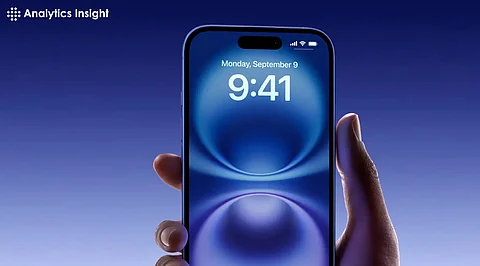

The counterfeit technology epidemic is on the rise, leaving many iPhone buyers wondering if their new device is the real deal. A staggering report by the Organisation for Economic Co-operation and Development (OECD) reveals that the counterfeit smartphone market is booming, with billions of dollars lost each year to fake devices. To avoid becoming a victim of fraud, it's crucial to verify the authenticity of your device and if it's a real iPhone. Here's a step-by-step guide to help you spot a fake iPhone and ensure you're holding the genuine article.
A real iPhone has a premium-quality build. The fake iPhones feel lighter or less solid. The back casing of a genuine iPhone has a smooth, precise finish, and the edges are flawless. The fake iPhone has noticeable flaws like uneven edges, cheap plastic materials, or incorrectly placed buttons.
Apple employs top-of-the-line materials in its cell phones. Therefore, when held in hand, an authentic iPhone will feel sturdy. Facsimile iPhones may feel cheap, lightweight, or even show signs of warping or peeling.
Each legitimate iPhone has a distinct serial number that can be used to check its authenticity. The user can find the serial as well as the model number in the Settings app for iPhone verification:
Open Settings.
Tap General.
Select About.
Serial Number and Model Number can be viewed from this place.
Once the serial number is captured, it can be cross-checked on Apple's website to verify whether it exists and is attached to an authentic iPhone. The phone will likely be fake if the number doesn't appear on Apple's list.
A genuine iPhone uses Apple's proprietary iOS system. Counterfeit devices, however, use Android and run a façade to resemble iOS. Even though the counterfeiters will attempt to replicate the look of iOS, the operation of the two systems will remain different. Therefore:
Open Settings.
Look for Software Update.
Authentic iPhones will receive regular updates and patches from Apple. Knockoffs won't have this feature.
In addition, original iPhones can access the Apple App Store. Fake phones may use third-party application stores or even operate with a suboptimal operating system.
Another essential feature of telling whether the iPhone is authentic or fake is through the camera. Authentic iPhones come with cameras of good quality and are meant to capture very sharp and clear pictures with high features for photo-taking. In contrast, fake iPhone cameras can only shoot low-quality, blurry images. The phone is likely fake if the camera is subpar and doesn't match what users would normally expect from Apple.
Lastly, one can check the Apple logo on the back of the device to determine if they have been sold a real or fake iPhone. Original iPhones have a well-designed, high-quality logo, usually centered. Counterfeit iPhones may have an off-center or poorly printed Apple logo, or sometimes no logo.
A misprinted Apple logo is a dead giveaway that the phone is not an original iPhone.
Protecting your investment and avoiding the pitfalls of counterfeit technology starts with verification. You can confidently authenticate your iPhone by following simple yet effective steps: scrutinizing build quality, verifying serial numbers, inspecting iOS and camera functionality, and checking the Apple logo's placement. In a market flooded with fake devices, these checks are a powerful defense against counterfeiters, empowering consumers to make informed purchases and safeguard their hard-earned money.
